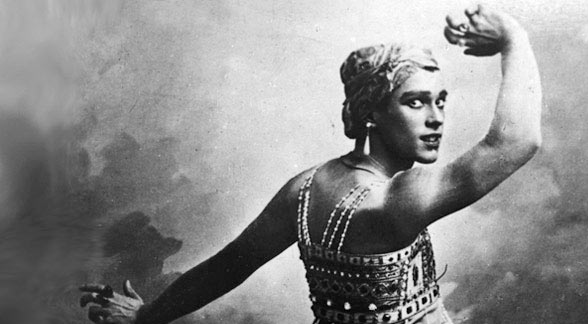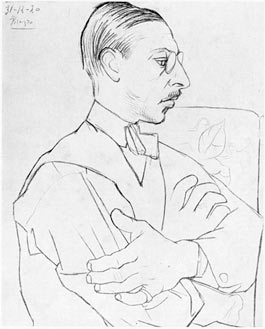The Rite: Must Hear Music
Yesterday I had intended to write about the 100th anniversary of the first performance of Igor Stravinsky’s “Rite of Spring” or “Le Sacre du Printemps” but I got sidetracked. The time is today. For those that have musician friends or listen to NPR, there was a fair amount of attention paid to the historic “riot” that occurred during the premier of the ballet on May 29, 2013 in Paris. During my academic music education, we read that Stravinsky had to be secreted from the auditorium in fear for his life. The music was simply too different, too primitive, too rhythmically complex for the Parisian audience to comprehend and to accept. From the opening bassoon solo (which starts on one of the highest notes that instrument can play) to the crushing polychords a few moments later, this is a composition that set the tone for the rest of the 20th Century and has influenced composers to this day.
This morning on my drive to the studio, the discussion focused on the dance. The Ballet Russe and their choreographer Vaslav Nijinsky (1890-1953) flat out abandoned the classical norms of ballet. According to this story, it was the dance that caused the ruckus in the hall and not the music. Patrons used to seeing elegant men and women in tutus and tights dancing in traditional movements were shocked to see the dancers in “primitive” garb stomping around on the stage. I remember hearing a professor tell me that the rhythmic complexity of Stravinsky’s music required Sergei Diaghilev, the Ballet Russe director, to loudly beat out the time for the dancers with his cane.
Whether the music or the dance, the premier of the Rite of Spring was a cultural, musical and choreographic milestone that set the tone for the rest of the 20th Century.
I studied composition with Mel Powell at the California Institute of the Arts in Valencia, California. Mel was a fabulous mentor, inspired musician (equally famous among jazz fans as well as 20th C music devotees) and giant intellect. During one of our sessions together, we began talking about which compositions he regarded as transformational…pieces that towered above all others. “Le Sacre du Printemps”, Stravinsky’s masterpiece, was the first on the list. And Mel regarded it as “probably the most important work of the 20th Century”. I couldn’t agree more.
My first exposure to the work was as the score for one of the eight sections of the 1940 animated Disney film called “Fantasia”. Walt Disney asked Stravinsky if he would agree to let the studio use the composition for the project. Stravinsky refused but Disney used the composition anyway. Of note is that the film was the first to be recorded and reproduced using multichannel sound. Fantasia was produced in Fantasound, an 8-channel recording that was then mixed down and presented in stereo in specially equipped theaters.
Figure 1 – Stravinsky as sketched by Picasso.
The “Rite of Spring” is a piece of music that should be required listening for everyone. In fact in my course “Digital Media and the Arts”, it IS required listening. The piece is both emotionally and intellectually stimulating. From the opening melodic line performed by the bassoon to the full tuttis (everyone playing) that punctuate the work with polytonal dissonance and rhythmic asymmetry, the work breaks from the past. The Rite is one of the most recorded works in the classical repertoire…and for good reason.
I haven’t recorded this work but I did capture the Firebird Suite, also by Stravinsky and also a commissioned work by the Ballet Russe. The Firebird Suite has many of the same compositional constructs as the Rite of Spring. The rhythmic and harmonic aspects are very closely aligned. And the melodic contours are based on Russian folk songs. By using very closely place, stereo pairs of microphones, the AIX recording of the Firebird in immersive 5.1 is a unique rendition of this piece. During a trade show in Florida a number of years ago, I actually went back to our demo room and sat alone amidst $250,000 worth of B&W speakers and Boulder power amps to experience the piece from the central sweet spot. It never fails to transport me away from the moment and into the music. That Stravinsky could craft works of such power and emotion is astounding. An orchestra is merely a collection of performers with their finely crafted pieces of wood and metal, their musical instruments, and their years or practice and education but when they combine and produce sounds like those of Stravinsky or Beethoven or Bach or many others…the experience is unmatched.
If you haven’t heard the “Rite of Spring”, put it on you must hear list. Play it loud! And then let me know what you think.


